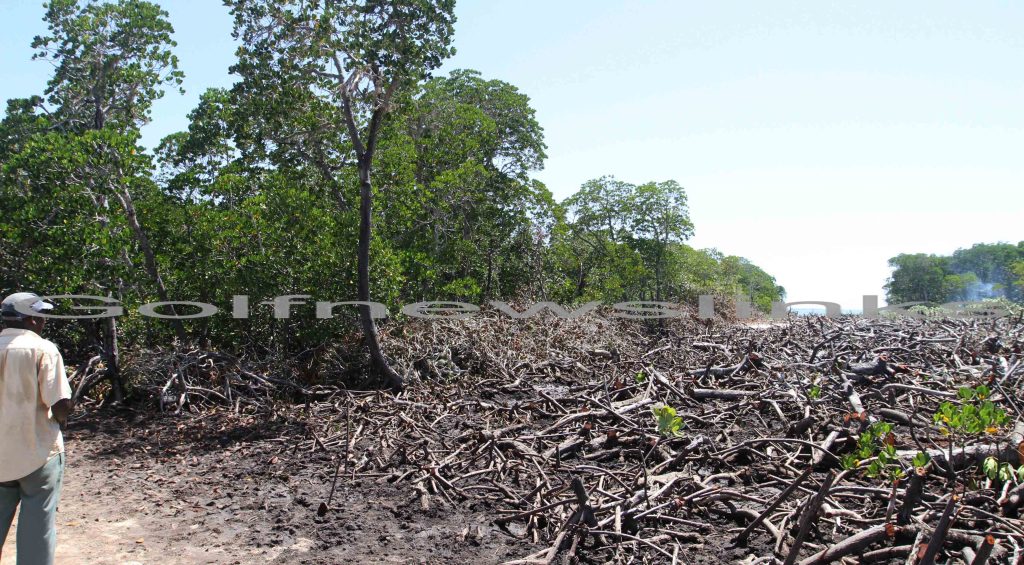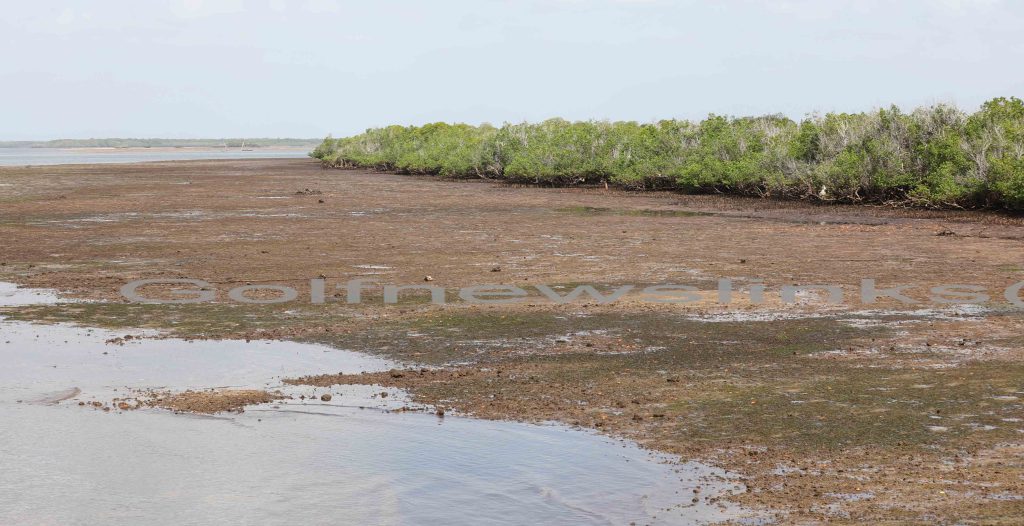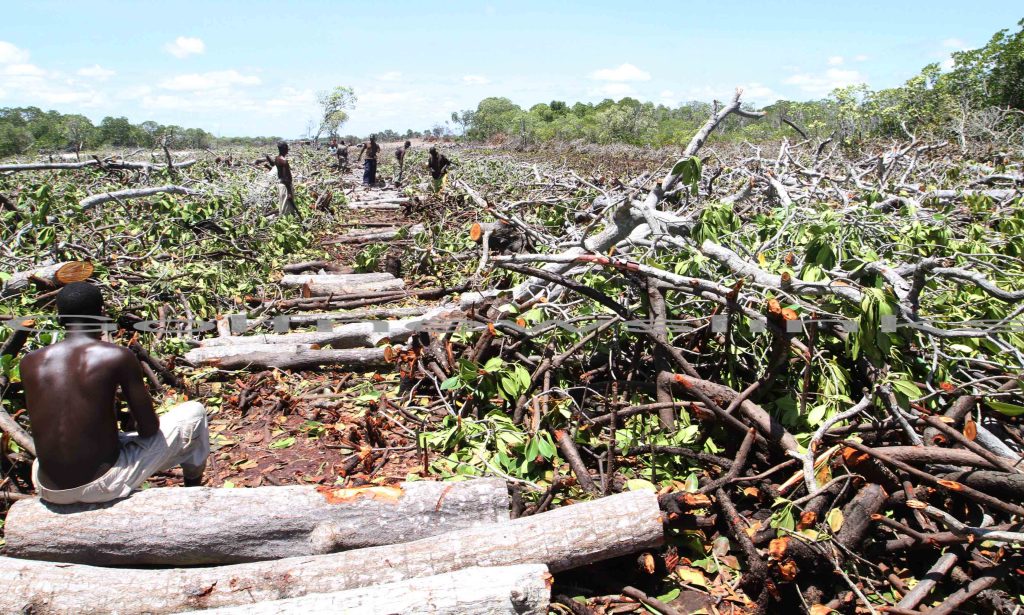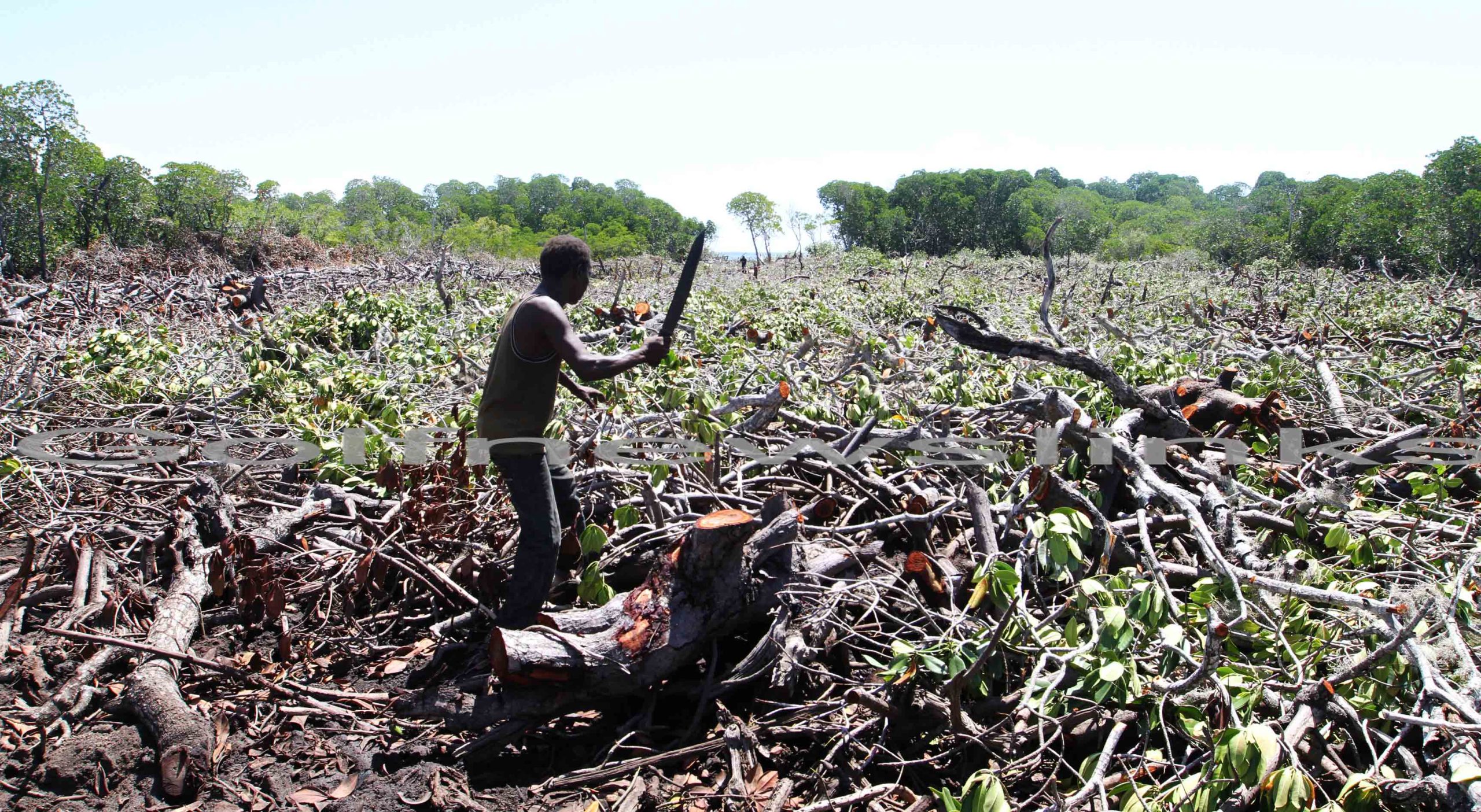-Unfortunately they are among forests at times perceived as “dirty” or “dead areas”;
-And a wasteland that could be cleared in favor of sandy beaches, swanky resorts or other developments;
MAARUFU MOHAMED-GOLFNEWSLINKS;
Mangroves are often misunderstood and undervalued ecosystems and these coastal forests are sometimes perceived as “dirty” or “dead areas”, a wasteland that could be cleared in favor of sandy beaches, swanky resorts or other developments.
According to a latest research report released by the United Nations Environment Programme (UNEP), these myths about mangroves could not be farther from the truth.

They are the only trees that thrive in salty waters and improve water quality by filtering out nutrients and sediments and are also teeming with life where more than 1,500 plants and animal species depend on mangroves.
This includes fish and birds who use the shallow waters beneath mangrove trees as nurseries as Research now indicates that mangroves are also critical for larger mammals, such as monkeys, sloths, tigers, hyenas and African wild dogs.
Protecting mangroves and restoring damaged ones also helps combat climate change through carbon sequestration as they are some of the most carbon-rich ecosystems on the planet, storing on average 1,000 tons of carbon per hectare in their biomass and underlying soils.

But mangroves are threatened Worldwide where a fifth of them have already disappeared with the main driver of loss being in coastal development, when mangrove forests are cleared to make way for buildings and fish or shrimp farms.
Head of Marine and Freshwater at the United Nations Environment Programme (UNEP), Leticia Carvalho, said Mangroves are a remarkably diverse and important ecosystem that works in tandem with other marine ecosystems including seagrass beds and coral reefs all of which are essential not only for the health of our ocean, coasts and the biodiversity that they support.

“But for the wellbeing of humans, we also need to protect and restore our mangroves as they are an important habitat and source of food supplies for many indigenous peoples and local communities around the globe, “said Carvalho.
FIVE KEY BENEFITS OF MANGROVE ECOSYSTEMS;
1-Mangroves are climate heroes;
To meet the global climate targets, the world urgently needs to reduce emissions and remove carbon from the atmosphere. Mangroves are critical in this second task.
They extract up to five times more carbon than forests on land, incorporating it in their leaves, branches, roots and the sediments beneath them.
The salty and oxygen-poor conditions beneath mangrove forests mean that decomposition of organic material happens very slowly.
In the right environmental conditions, mangroves can store the carbon they took from the atmosphere for decades, centuries, or even millennia.

2-Mangroves protect against extreme weather and disasters;
Not only do mangroves help prevent the progression of climate change, they also play an important role in limiting its impact.
As global temperatures rise, extreme weather events like storms and flood surges are becoming more frequent and severe.
The trunks of mangroves absorb the impact of waves, making them an excellent front line of defense that helps to protect higher ground.
Restoring and protecting mangroves and valuing their role as a nature based-solution improves resilience of coastal communities and national economies.
Along with other measures, investments in mangroves are expected to generate benefits around four times greater than the costs.
Mangroves have also been found to be an effective defense against tsunamis, reducing wave heights between five and 35 per cent.
3-Mangroves are a haven for threatened animals;
Of the over 1,500 species that depend on mangroves for their survival, 15 per cent are threatened with extinction.
This number is increasing when looking at mammals.
Nearly half of mammals living or feeding in mangrove forests could go extinct in coming years, with trends worsening for most of them.
Protecting and restoring mangrove forests thus means bringing back critical habitat for vulnerable animal species like tigers and jaguars.
The good news is that restoration works! Initiatives in Indonesia and the United Arab Emirates have been recognized as UN World Restoration Flagships for bringing back nature in coastal ecosystems.

4. Mangroves boost food security;
As biodiversity havens, mangroves support a huge variety of plants and animals, many of them important for food production.
They act as nurseries for young fish and home to honey bees.
For 1.5 billion people, fish is the most critical source of protein and in low-income food-deficit countries, nearly 20 per cent of the average animal protein intake comes from fish.
The disappearance of mangroves would have dramatic consequences for fisheries in developing countries.
Conversely, restoring mangroves could add 60 trillion young, edible and commercially valuable fish and invertebrates to coastal waters every year, providing a significant boost to food security as our human population continues to grow.
5-Mangroves can bounce back naturally;
Bringing lost ecosystems back to life is a daunting task.
However, one of the most effective ways to protect and restore damaged mangroves is through enhanced recognition and implementation of Indigenous Peoples’ collective rights and actions across the broader spectrum of environmental governance and rule of law as envisaged in the Kunming-Montreal Global Biodiversity Framework.
This is particularly important given that “globally, Indigenous Peoples are custodians of 80 per cent of the planet’s biodiversity with 5000 unique traditional cultures and ancestral lands covering 32 per cent of all global land and inland waters across 90 countries.”
When communities along the coast of Java, Indonesia, started replanting mangroves to conquer rising sea levels, the results were sobering, only 15-20 per cent of planted saplings survived and the rest was simply washed away with the tides.
With the help of researchers and partners such as Wetlands International, the villagers tried out a new solution by trapping the mud with seawalls made of natural materials, giving young mangroves space to recover naturally.
The results were astounding. Mangrove survival rates shot up from 20 to over 70 per cent.
The Building with Nature Initiative has since been recognized as UN World Restoration Flagship for its success.
Natural regeneration is now recognized and tried out in other parts of the world, together with other restoration approaches suited to local conditions.
Understanding and addressing the drivers of mangrove loss is the first step towards ecosystem restoration.
The UN Decade on Ecosystem Restoration 2021-2030, led by the United Nations Environment Programme, the Food and Agriculture Organization of the United Nations and partners covers terrestrial as well as coastal and marine ecosystems.
A global call to action, it will draw together political support, scientific research and financial muscle to massively scale up restoration.
The UN Decade of Ocean Science for Sustainable Development (2021-2030), led by UNESCO’s Intergovernmental Oceanographic Commission, aims to support efforts to reverse the cycle of decline in ocean health and gather ocean stakeholders worldwide behind a common framework that will ensure ocean science can fully support countries in creating improved conditions for sustainable development of the ocean.
ENDS;


























